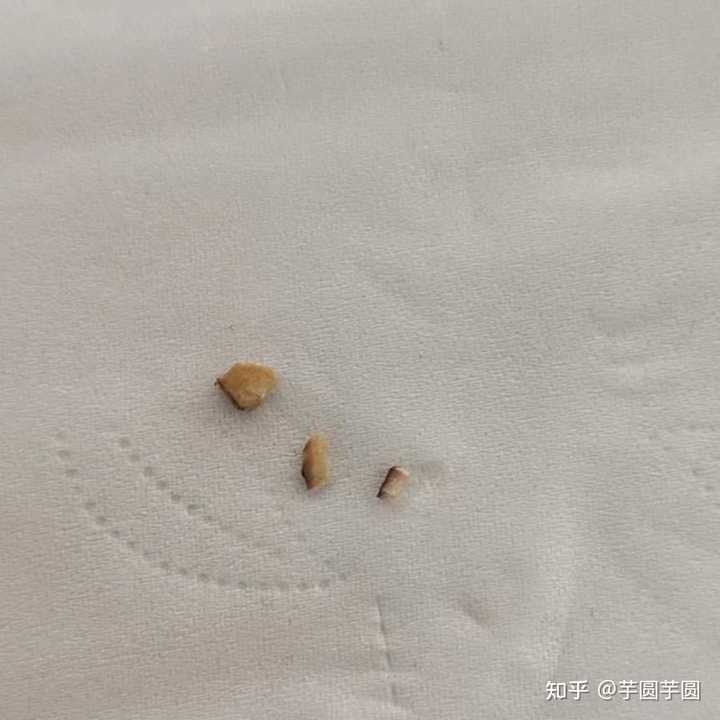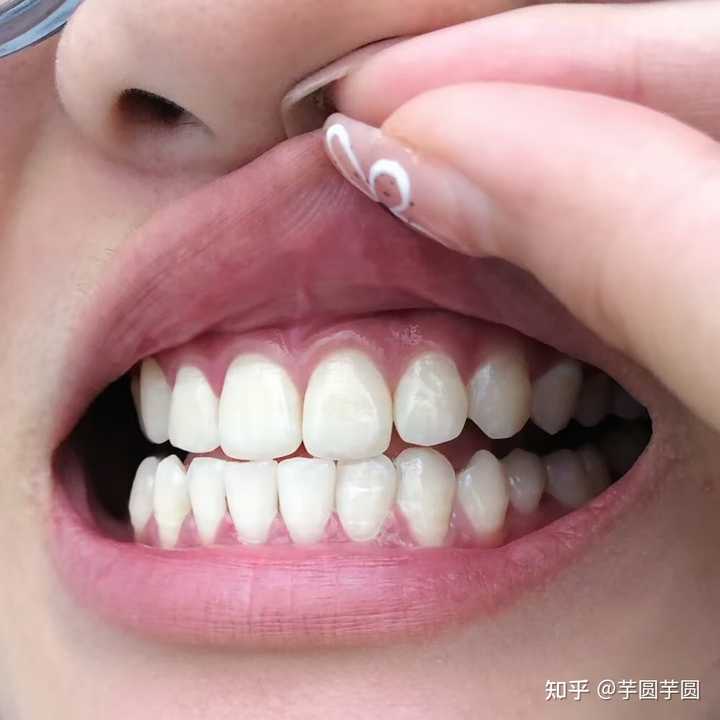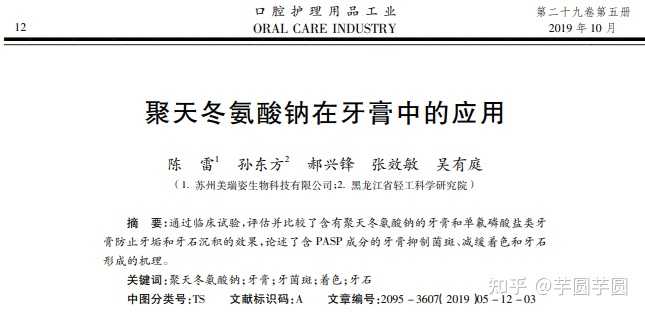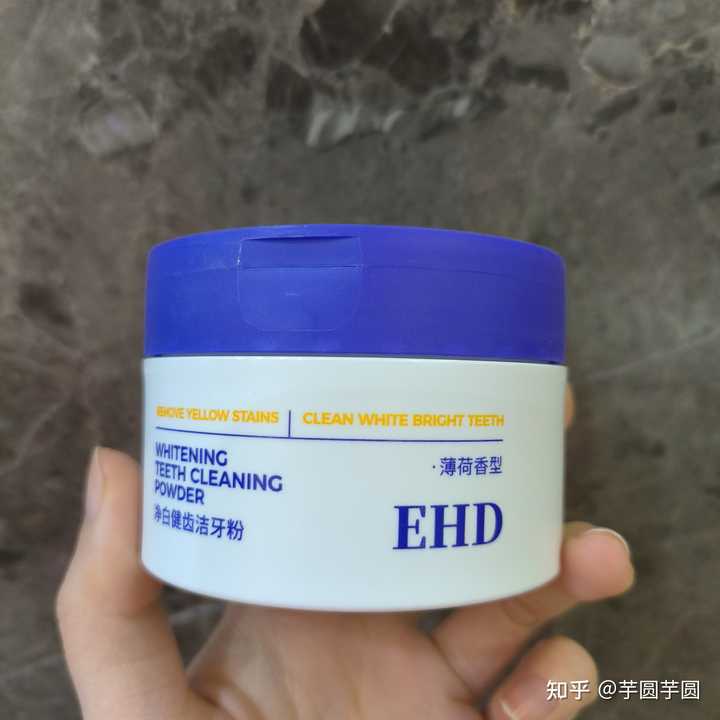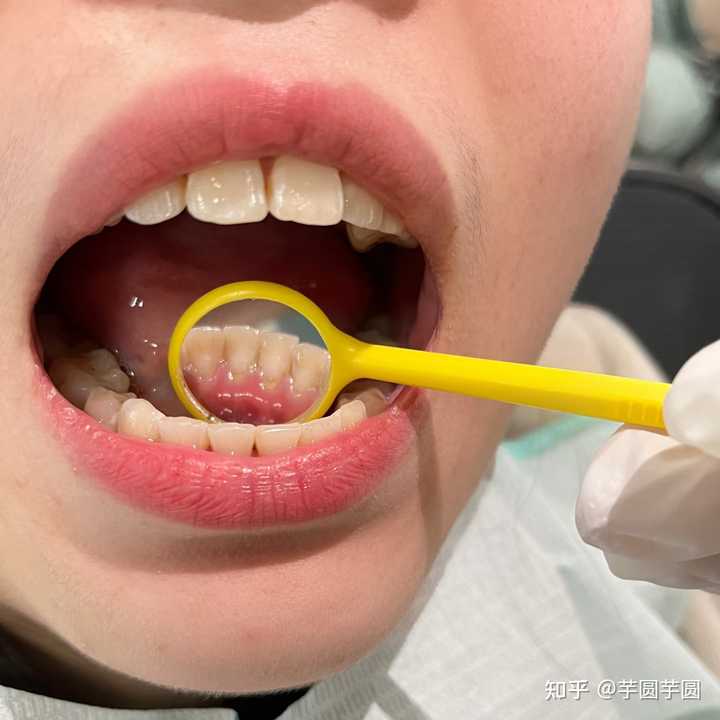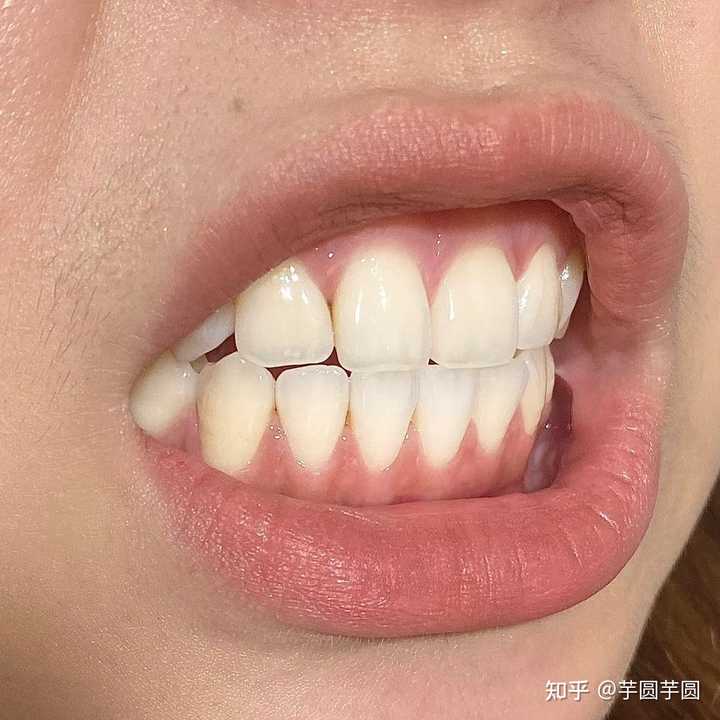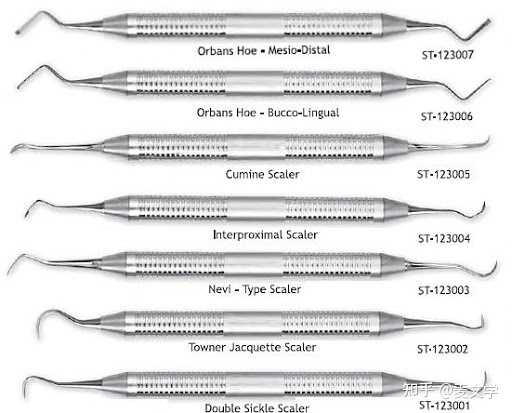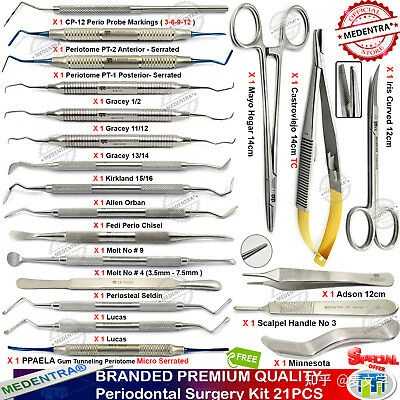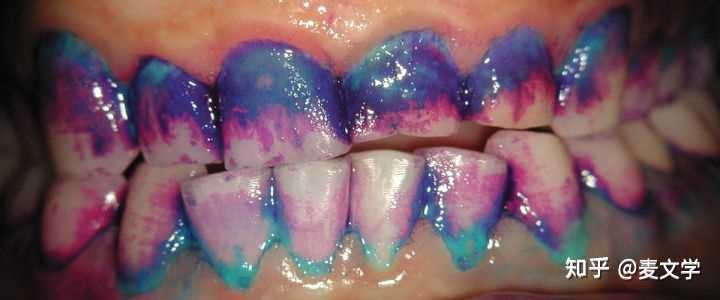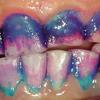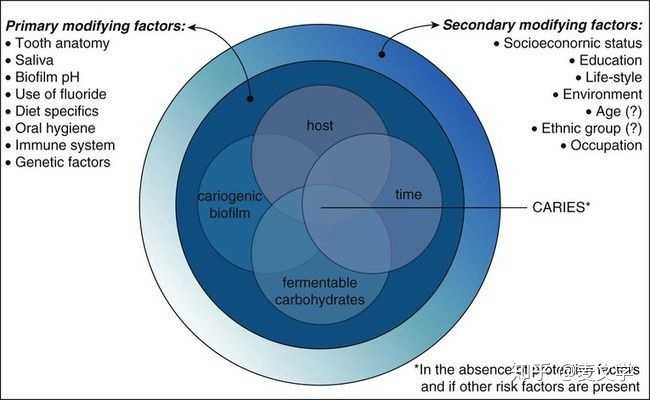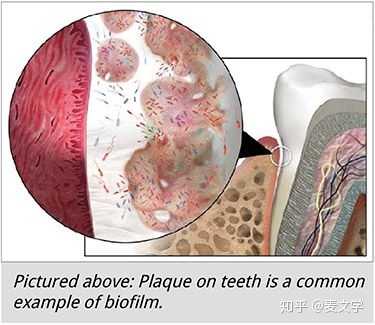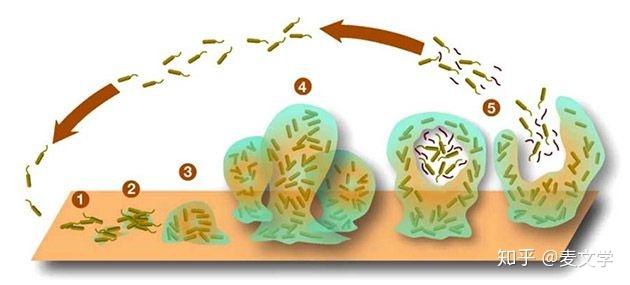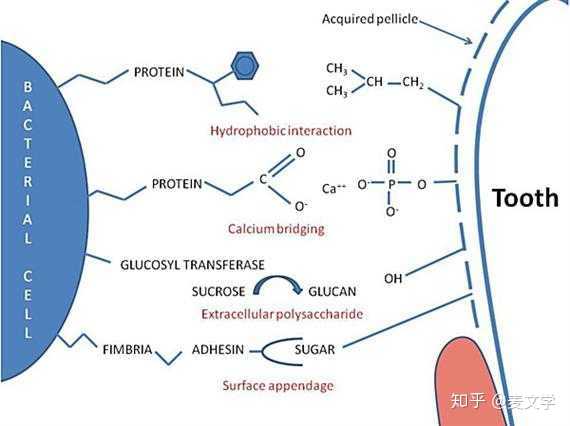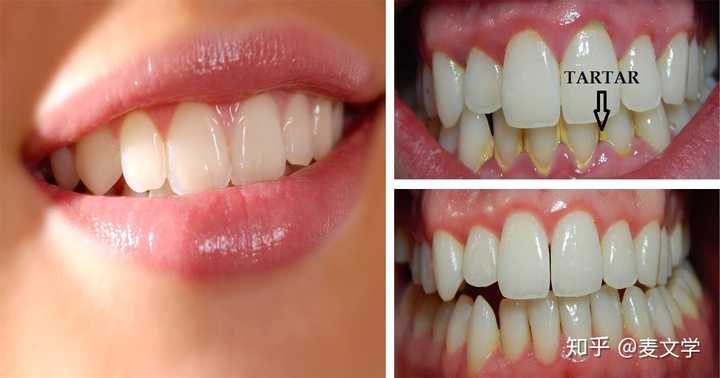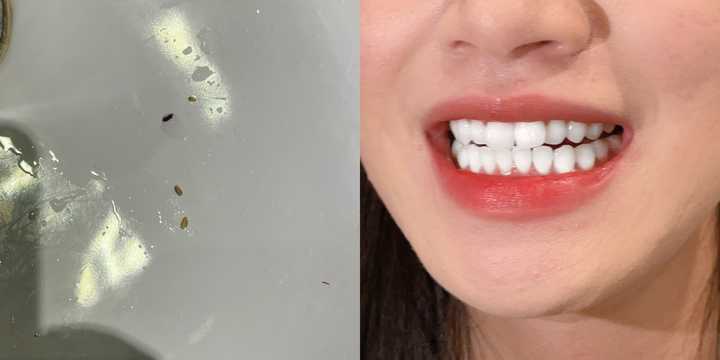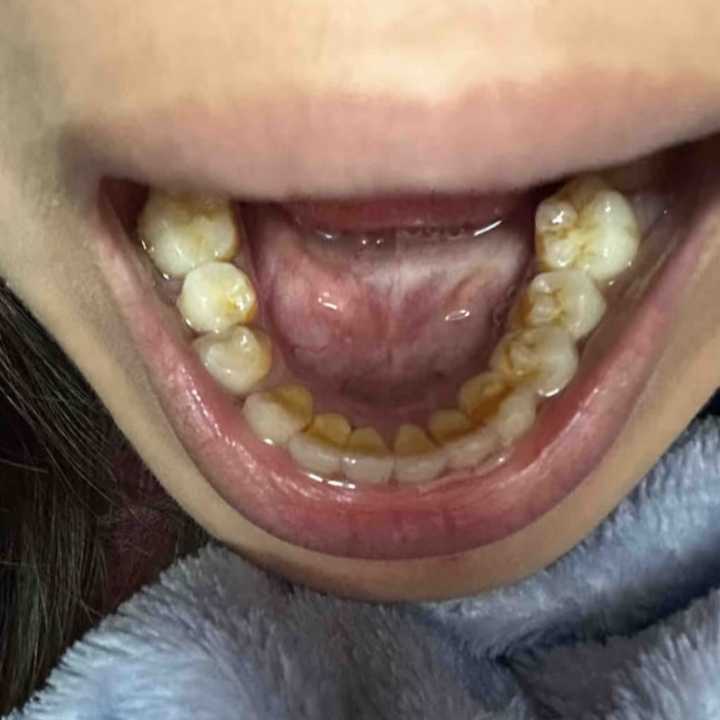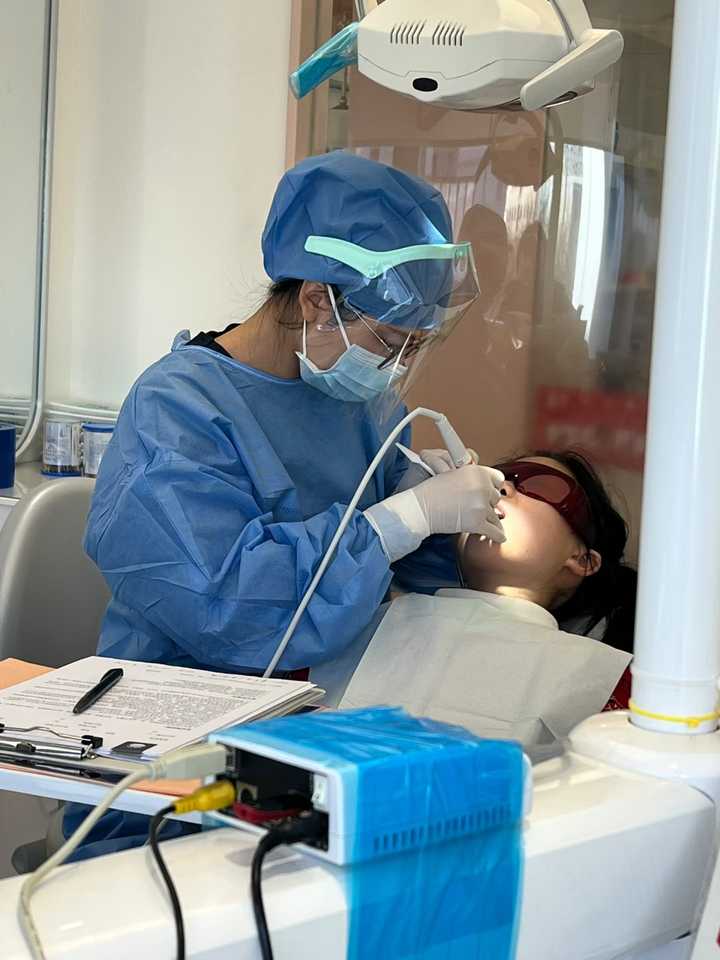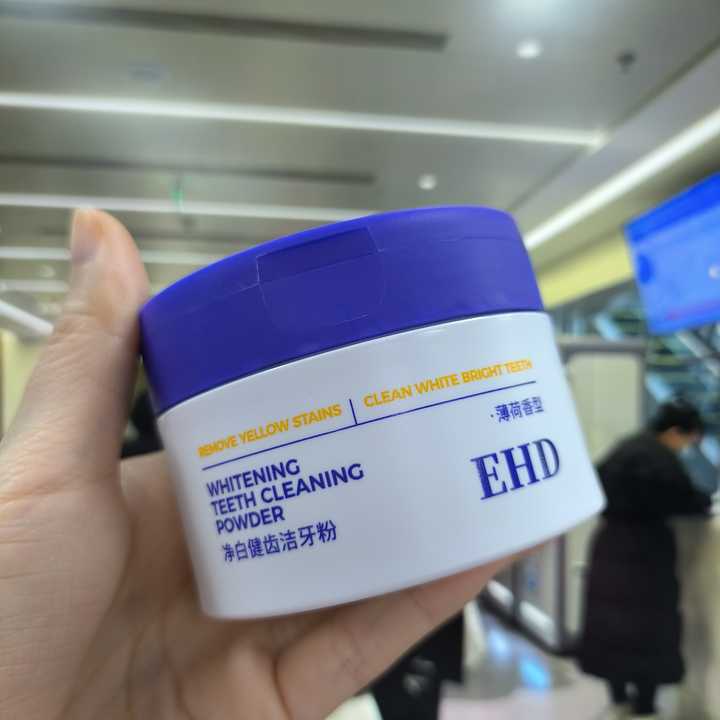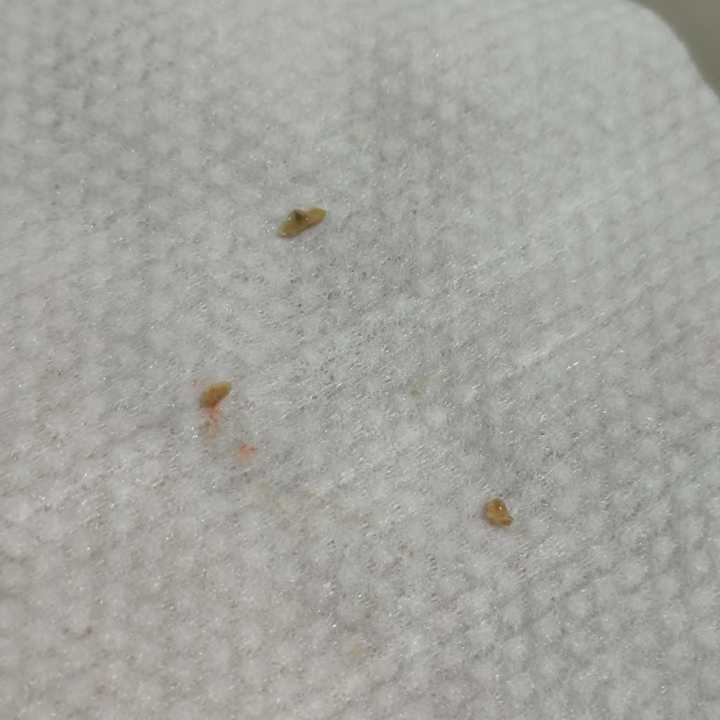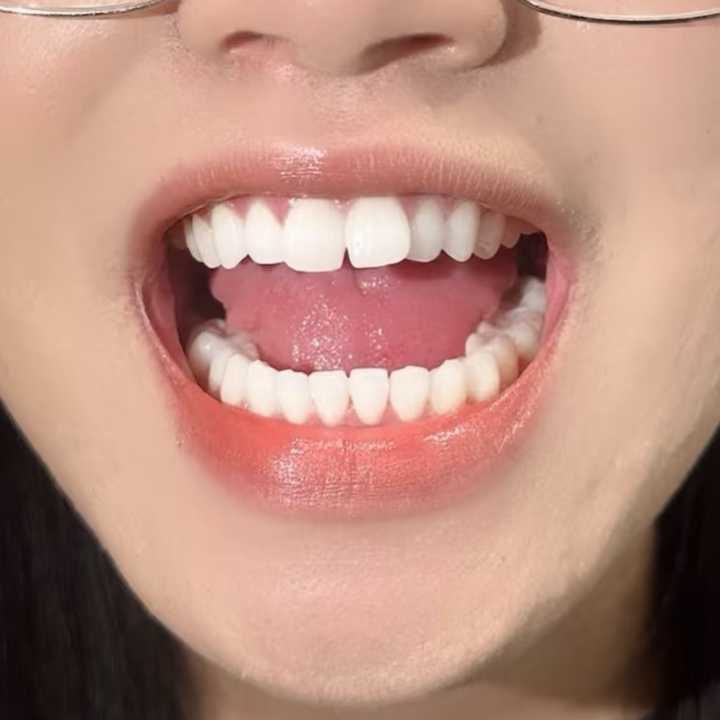Ref:
Afflitto J, Patel M, Smith KA, Gaffar A (1990). 113Cd NMR study of the inhibitory effect of PVM/MA copolymer (Gantrez) on the alkaline phosphatase of E. coli (abstract). J Dent Res 69(Spec Iss):118.
Aleece AA, Forscher BK (1954). Calculus reduction with a mucinase dentifrice. J Periodontol 25:122–125.
Amano A, Sharma A, Lee JY, Sojar HT, Raj PA, Genco RJ (1996). Structural domains of Porphyromonas gingivalis recombinant fimbrillin that mediate binding to salivary proline-rich protein and statherin. Infect Immun 64:1631–1637.
Baier R (1982). Conditioning surface to suit the biomedical environment: recent progress. J Biomech Eng 104:257–271.
Bánóczy J, Sari K, Schiff T, Petrone M, Davies R, Volpe AR (1995). Anticalculus efficacy of three dentifrices. Am J Dent 8:205–208.
Barone JP, Nancollas GH (1978). The seeded growth of calcium phosphates, the kinetics of growth of dicalcium dihydrate on enamel, dentin, and calculus. J Dent Res 57:153–161.
Benga G, Holmes RP (1984). Interactions between components in biological membranes and their implications for membrane function. Prog Biophys Molec Biol 43:195–257.
Bennick A, Cannon M, Madapallimattam G (1979). The nature of the hydroxyapatite-binding sites in salivary acidic proline-rich proteins. Biochem J 183:115–126.
Bercy P, Vreven J (1979). Correlation between calculus index and acid and alkaline pyrophosphatases activities of dental plaque and saliva. J Biol Buccale 7:31–36.
Berg JH, Farrell JE, Brown LR (1990). Class II glass ionomer/silver cement restorations and the effect on interproximal growth of mutans streptococci. Pediatr Dent 12:20–23.
Bishop DG (1971). The distribution and function of lipids in cells. In: Biochemistry and methodology of lipids, Johnson AR, Davenport JB, editors. New York: J. Wiley and Sons, pp. 424-456.
Bollen CML, Papaioannou W, Van Eldere J, Schepers E, Quirynen M, Van Steenberghe D (1996). The influence of abutment surface roughness on plaque accumulation and peri-implant mucositis. Clin Oral Implant Res 7:201–211.
Boyan BD, Boskey AL (1984). Co-isolation of proteolipids and calcium-phospholipid-phosphate complexes. Calcif Tissue Int 36:214–218.
Briner WW, Francis MD (1962). The effect of enamel fluoride on acid production by Lactobacillus casei. Arch Oral Biol 7:541–550.
Brooks W, Demuth DR, Gil S, Lamont RJ (1997). Identification of a Streptococcus gordonii ssp B domain that mediates adhesion to Porphyromonas gingivalis. Infect Immun 65:3753–3758.
Brown CM, Hancock EB, O’Leary TJ, Miller CH, Sheldraker MA (1991). A microbiological comparison of young adults based on relative amounts of subgingival calculus. J Periodontol 62:591–597.
Brown WH, Schilling K, Giertsen E, Pearson S, Lee SF, Bleiweis A, et al. (1991). Role of a cell surface-associated protein in adherence and dental caries. Infect Immun 59:4606–4609.
Brudevold F, Steadman LT, Spinelli MA, Amdur BH, Gron P (1963). A study of zinc in human teeth. Arch Oral Biol 8:135–144.
Carey C, Gregory T, Rupp W, Tatevossian A, Vogel GL (1986). The driving force is human dental plaque fluid for demineralization and remineralization of enamel mineral. In: Factors relating to demineralization and remineralization of the teeth. Leach SA, editor. Oxford: IRL Press Ltd., pp. 163-173.
Chen C (2001). Periodontitis as a biofilm infection. CA Dent Assoc J 29:362–369.
Cisar JO, Kolenbrander PE, McIntire FC (1979). Specificity of coaggregation reactions between human oral streptococci and strains of Actinomyces viscosus or Actinomyces naeslundii. Infect Immun 24:742–752.
Collins LM, Dawes C (1987). The surface area of the adult human mouth and thickness of the salivary film covering the teeth and oral mucosa. J Dent Res 66:1300–1302.
Cookson AL, Handley PS, Jacob AE, Eatson GK, Allison C (1995). Coaggregation between Prevotella nigrescens and Prevotella intermedia with Actinomyces naeslundii strains. FEMS Microbiol Lett 132:291–296.
Corbett TL, Dawes C (1998). A comparison of the site-specificity of supragingival and subgingival calculus deposition. J Periodontol 69:1–8.
Cotton FA, Wilkinson G (1966). Advanced inorganic chemistry. A comprehensive text. New York: Interscience Publications. A Division of John Wiley and Sons, pp. 158-166.
Damen JJ, ten Cate JM (1989). The effect of silicic acid on calcium phosphate precipitation. J Dent Res 68:1355–1359.
Darzins A (1994). Characterization of a Pseudomonas aeruginosa gene cluster involved in pilus biosynthesis and twitching motility: sequence similarity to the chemotaxis proteins of enterics and the gliding bacterium Myxococcus xanthus. Mol Microbiol 11:137–153.
Davies DG, Parsek MR, Pearson JP, Iglewski BH, Costerton JW, Greenberg EP (1998). The involvement of cell-to- cell signals in the development of a bacterial biofilm. Science 280:295–298.
Dawes C, Watanabe S, Biglow-Lecomte P, Dibdin GH (1989). Estimation of the velocity of the salivary film at some different location in the mouth. J Dent Res 68:1479–1482.
Denepitiya L, Kleinberg I (1982). A comparison of the microbial composition of pooled human dental plaque and salivary sediment. Arch Oral Biol 27:739–745.
Dibdin GH, Shellis RP, Wilson CM (1976). An apparatus for the continuous culture of micro-organisms on solid surfaces with special reference to dental plaque. J Appl Bacteriol 40:261–268.
Donald JW (1997). Dental calculus: recent insight into occurrence, formation, prevention, removal and oral health effects of supragingival and subgingival deposits. Eur J Oral Sci 105:508–522,
Eanes ED, Meyer JL (1978). The influence of fluoride on apatite formation from unstable supersaturated solutions at pH 7.4. J Dent Res 57:617–624.
Edgerton M, Lo SE, Scannapieco FA (1996). Experimental salivary pellicles formed on titanium surfaces mediate adhesion of streptococci. Int J Oral Maxillofac Implants 11:443–449.
Featherstone JD, Rodgers BE (1981). Effect of acetic, lactic and other organic acids on the formation of artificial carious lesions. Caries Res 15:377–385.
Fisher SJ, Prakobphol A, Kajisa L, Murray PA (1987). External radiolabelling of components of pellicle on human enamel and cementum. Arch Oral Biol 32:509–517.
Fleisch H (1981). Inhibitions of calcium phosphate precipitation and their role in biological mineralization. J Crystal Growth 53:120–134.
Fleisch H, Russell RGG, Bisaz S, Mühlbauer RC, Williams DA (1970). The inhibitory effect of phosphonates on the formation of calcium phosphate crystals in vitro and on aortic and kidney calcification in vivo. Eur J Clin Invest 1:12– 18.
Francis MD (1969). The inhibition of calcium hydroxyapatite crystal growth by polyphosphates. Calcif Tissue Res 3:151–162.
Friskopp J, Hammarstr?m L (1980). A comparative, scanning electron microscopic study of supragingival and subgingival calculus. J Periodontol 51:553–562.
Frostell G (1960). Studies on the ammonia production and the ureolytic activity of dental plaque material. Acta Odontol Scand 18:29–65.
Frostell G, S?der P? (1970). The proteolytic activity of plaque and its relation to soft tissue pathology. Int J Dent 20:436–450.
Gaare D, R?lla G, van der Ouderaa (1989). Comparison of the rate of formation of supragingival calculus in an Asian and a European population. In: Recent advances in the study of dental calculus. Oxford: IRL Press at Oxford University Press.
Gaffar A, Afflitto J, Nabi N (1997). Chemical agents for the control of plaque and plaque microflora: an overview. Eur J Oral Sci 14:502–507.
Gallagher IH, Pearce EI, Hancock EM (1984). The ureolytic microflora of immature dental plaque before and after rinsing with a urea-based mineralizing solution. J Dent Res 63:1037–1039.
Ganeshkumar N, Hannam PM, Kolenbrander PE, McBride BC (1991). Nucleotide sequence of a gene coding for a saliva-binding protein (SsB) from Streptococcus sanguis 12 and possible role of the protein in coaggregation with actinomyces. Infect Immun 59:1093–1099.
Geddes DA, Weetman DA, Featherstone JD (1984). Preferential loss of acetic acid from plaque fermentation in the presence of enamel. Caries Res 18:430–433.
Gilbert P, Das J, Foley I (1997). Biofilm susceptibility to antimicrobials. Adv Dent Res 11:160–167.
Gilbert RL, Ingram GS (1988). The oral disposition of zinc following the use of an anticalculus toothpaste containing 0.5% zinc citrate. J Pharm Pharmacol 40:399–402.
Goldfine H (1972). Comparative aspects of bacterial lipids. In: Advances in microbial physiology. Vol. 8. Rose AH, Tempest DW, editors. New York: Academic Press, pp. 1-58.
Golub LM, Borden SM, Kleinberg I (1971). Urea content of gingival crevicular fluid and its relation to periodontal disease in humans. J Periodontal Res 6:243–251.
Grenier D, Mayrand D (1987). Functional characterization of extracellular vesicles produced by Bacteroides gingivalis. Infect Immun 55:111–117.
Grossman LI (1954). Clinical evaluation of a salivary calculus preventive agent. Oral Surg Med Oral Pathol 7:607– 608.
Hauster H, Chapman D, Dawson RM (1969). Physical studies of phospholipids XI. Ca2+ binding to monolayers of phosphatidlserine and phosphatidyl inositol. Biochim Biophys Acta 183:320–333.
Hauster H, Philips MC, Barratt MD (1975). Differences in the interaction of inorganic and organic (hydrophobic) cations with phosphatidyl serine membranes. Biochim Biophys Acta 413:341–353.
Hidaka S, Okamoto Y, Abe K (1993). Possible regulatory roles of silicic acid, silica and clay minerals in the formation of calcium phosphate precipitates. Arch Oral Biol 38:405–413.
Howell R, Boyan-Salyers B (1980). Composition of calcification between Bacterionema matruchotii and Actinomyces naeslundii. J Dent Res 59:1999–2005.
Jenkinson HF (1992). Adherence, coaggregation, and hydrophobicity of Streptococcus gordonii associated with expression of cell surface lipoproteins. Infect Immun 58:1429–1436.
Jensen AT, Dan? M (1954). Crystallography of dental calculus and the precipitation of certain calcium phosphates. J Dent Res 33:741–750.
Johnsson M, Richardson CF, Bergey EJ, Levine MJ, Nancollas GH (1991). The effects of human salivary cystatins and statherin on hydroxyapatite crystallization. Arch Oral Biol 36:631–636.
Kazmierczak M, Mather M, Ciancio S, Fischman S, Cancro L (1990). A clinical evaluation of anticalculus dentifrices. Clin Prev Dent 12:13–17.
Keevil CW, Bradshaw DJ, Dowsett AB, Feary TW (1987). Microbial film formation: dental plaque deposition on acrylic tiles using continuous culture techologies. J Appl Bacteriol 62:129–138.
Kleerebezem M, Quadri LE, Kuipers OP, de Vos WM (1997). Quorum sensing by peptide pheromones and two- component signal-transduction systems in Gram-positive bacteria. Mol Microbiol 24:895–904.
Lagerl?f F (1983). Effect of flow rate and pH on calcium phosphate saturation in human parotid saliva. Caries Res 17:403–411.
Lamkin MS, Arancillo AA, Oppenheim FG (1996). Temporal and compositional characteristics of salivary protein adsorption to hydroxyapatite. J Dent Res 75:803–808.
Le Geros RZ, Bleiwas CB, Retino M, Rohanizadeh R, Le Geros JP (1999). Zinc effect on the in vitro formation of calcium phosphates: relevance to clinical inhibition of calculus formation. Am J Dent 12:65–71.
Lear JD, Wasserman ZR, DeGrado WF (1988). Synthetic amphiphilic peptide models for protein ion channels. Science 27:1177–1181.
Leskovar P, Hartung R (1977). Inhibition of nucleation and growth of calcium oxalate crystals by aluminium, iron (II), lanthanum, cerium, neodynium, yttrium, europium, magnesium and zinc ions. Fortschr Urol Nephrol 9:30–34.
Lindskog S, Friskopp J (1983). Immunoglobulins in human dental calculus demonstrated with the peroxidase- antiperoxidase (PAP) method. Scand J Dent Res 91:360–364.
Listgarten MA (1987). Nature of periodontal disease: pathogenic mechanisms. J Periodontal Res 22:172–178.
Little MF, Hazen SP (1964). Dental calculus composition (2); subgingival calculus, ash, calcium and sodium. J Dent Res 43:654–651.
Little MF, Bowman L, Cascinani CA, Rowley J (1966). The composition of dental calculus 111; supragingival calculus—the amino acid and saccharide component. Arch Oral Biol 11:385–386.
Lobene RR, Volpe AR (1987). The anti-calculus effect of dentifrices containing pyrophosphate salts and sodium fluoride. Compend Contin Educ Dent 8(Suppl 8):S272–274.
Macpherson LMD, Dawes C (1991). Urea concentration in minor mucous gland secretions and the effect of salivary film velocity on urea metabolism by Streptococcus vestibularis in an artificial plaque. J Periodontal Res 26:395–401.
Maitland M, Robinson R (1924). The possible significance of hexose phosphoric esters in ossification. V. The enzymes in the early stages of bone development. Biochem J 18:1354–1357.
Mandel ID, Eisenstein A (1969). Lipids in human salivary secretion and salivary calculus. Arch Oral Biol 14:231–233.
Mandel ID, Levy BM, Wasserman BH (1957). Histochemistry of calculus formation. J Periodontol 28:132–137.
Margolis HC, Varughese K, Moreno EC (1982). Effect of fluoride on crystal growth of calcium apatites in the presence of a salivary inhibitor. Calcif Tissue Int 34:S33–S40.
Marsh PD, Bradshaw DJ (1990). The effect of fluoride on the stability of oral bacterial communities in vitro. J Dent Res 69:668–671.
McIntire FC, Vatter AE, Baros J, Arnold J (1978). Mechanism of coaggregation between Actinomyces viscosus T14V and Streptococcus sanguis 34. Infect Immun 21:978–988.
Melani F, Ramponi G, Farnanaro M (1967). Regulation by phosphate of alkaline phosphatase in rat kidney. Biochim Biophys Acta 138:411–420.
Moorer WR, ten Cate JM, Buijs JF (1993). Calcification of a cariogenic Streptococcus and of Corynebacterium (Bacterionema) matruchotii. J Dent Res 72:1021–1026.
Moreno EC, Aoba T, Gaffar A (1989). Physical chemistry of calculus formation. In: Recent advances in the study of dental calculus. Oxford: IRL Press at Oxford University Press, pp. 129-142.
Morita M, Watanabe T (1986). Relation between the presence of supragingival calculus and protease activity in dental plaque. J Dent Res 65:703–705.
Morrison DA (1997). Streptococcal competence for genetic transformation: regulation by peptide pheromones. Microb Drug Resist 3:27–37.
Nabi N, Mukerjee C, Schmid R, Gaffar A (1989). In vitro and in vivo studies on triclosan/PVM/MA copolymer NaF combination as an anti-plaque agent. Am J Dent 2:197–206.
Nakazato G, Tsuchiya H, Sato M, Yamauchi M (1989). In vivo plaque formation on implant materials. Int J Oral Maxillofac Implants 4:321–326.
Nakou M, Mikx FHM, Oosterwaal PJM, Kruijsen JCWM (1987). Early microbial colonization of permucosal implants in edentulous patients. J Dent Res 66:1654–1657.
Nelsons DGA, Jongebloed WL, Arends J (1984). Crystallographic structure of enamel surfaces treated with topical fluoride agents: TEM and XRD considerations. J Dent Res 63:6–12.
O’Toole GA, Kolter R (1998). Flagella and twitching motility are necessary for Pseudomonas aeruginosa biofilm development. Mol Microbiol 30:295–304.
Oppenheim FG, Yang YC, Diamond RD, Hyslop D, Offner GD, Troxler RF (1986). The primary structure and functional characterization of the neutral histidine-rich polypeptide from human parotid saliva. J Biol Chem 261:1177– 1182.
Oppermann R, R?lla G, Johansen J (1980). Thiol groups and reduced acidogenicity of dental plaque in the presence of metal ions in vivo. Scand J Dent Res 88:389–396.
Parfitt G (1959). A survey of the oral health of Navajo Indian children. Arch Oral Biol 1:193–205.
Pearce EI, Sissons CH (1987). The concomitant deposition of strontium and fluoride in dental plaque. J Dent Res 66:1518–1522.
Pearce EI, Wakefield J, Sissons CH (1991). Therapeutic mineral enrichment of dental plaque visualized by transmission electron microscopy. J Dent Res 70:90–94.
Pellat BP, Grand M (1986). Inorganic pyrophosphatase activity in a plaque calcifying microorganism: Bacterionema matruchotii. J Biol Buccale 14:223–228.
Peterson S, Woodhead J, Crall J (1985). Caries resistance in children with chronic renal failure: plaque pH, salivary pH, and salivary composition. Paediatric Res 19:796–799.
Poff AM, Pearce EI, Larsen MJ, Cutress TW (1997). Human supragingival in vivo calculus formation in relation to saturation of saliva with respect to calcium phosphates. Arch Oral Biol 42:93–99.
Poirier TP, Holt SC (1983). Acid and alkaline phosphatases of Capnocytophaga species. Isolation, purification and characterization of the enzymes from Capnocytophaga ochracea. Can J Microbiol 29:1361–1368.
Pratt LA, Kolter R (1998). Genetic analysis of Escherichia coli biofilm formation: roles of flagella, motility, chemotaxis and type I pili. Mol Microbiol 30:285–293.
Pulcini E (2001). Biofilms: sensing and signalling. CA Dent Assoc J 29:351–353.
Quirynen M, Listgarten M (1990). The distribution of bacterial morphotypes around natural teeth and titanium implants ad modum Br?nemark. Clin Oral Implant Res 1:8–12.
Raj PA, Johnsson M, Levine MA, Nancollas GH (1992). Salivary statherin. Dependence on sequence, charge, hydrogen bonding potency, and helical conformation for adsorption to hydroxyapatite and inhibition of mineralization. J Biol Chem 267:5968–5976.
Regos J, Hitz HR (1974). Investigations on the model of action of triclosan, a broad spectrum antibacterial agent. Zbl Bakt Hyg 226:390–401.
Rice A, Hamilton MA, Camper AK (2000). Apparent surface associated lag time in growth of primary biofilm cells. Microb Ecol 40:8–15.
Robinson C, Shore RC, Bonassn A, Brooks SJ, Boteva E, Kirkham J (1998). Identification of human serum albumin in human caries lesions of enamel. The role of putative inhibitors of remineralization. Caries Res 32:193–199.
R?lla G, Melsen B (1975). Desorption of proteins and bacteria from hydroxyapatite by fluoride and monofluorophosphate. Caries Res 9:66–73.
R?lla G, Gaare D, Langmyhr FJ, Helgeland K (1989). Silicon in calculus and its potential role in calculus formation. In: Recent advances in the study of dental calculus. Oxford: IRL Press at Oxford University Press, pp. 97-104.
Rowles SL (1964). Biophysical studies on dental calculus in relation to periodontal disease. Dent Pract Dent Rec 15:2–7.
Salako NO, Kleinberg I (1989). Incidence of selected ureolytic bacteria in human dental plaque from sites with differing salivary access. Arch Oral Biol 34:787–791.
Saxton CA, Harrap G, Lloyd A (1986). The effect of dentifrices containing zinc citrate on plaque growth and oral zinc level. J Clin Periodontol 13:301–306.
Scheie AA (1994). Mechanisms of dental plaque formation. Adv Dent Res 8:246–253.
Schenk R, Merz WA, Mühlbauer R, Russell RGG, Fleisch H (1973). Effect of ethane-1-hydroxy-1-diphosphonate (EHDP) and dichloromethylene diphosphonate on the calcification and resorption of cartilage and bone in the tibial epiphysis and metaphysis of rats. Calcif Tissue Res 11:196–214.
Schiff TG (1987). Comparative clinical study of two anticalculus dentifrices. Compend Suppl 8:275–277.
Scruggs RR, Stewart PW, Samuels MS, Stamm JW (1991). Clinical evaluation of seven anticalculus dentifrice formulations. Clin Prev Dent 12:23–27.
Segreto VA, Collins EM, D’Agostino R, Cancro LP, Pfeifer HJ, Gilbert RJ (1991). Anticalculus effect of a dentifrice containing 0.5% zinc citrate trihydrate. Community Dent Oral Epidemiol 19:29–31.
Shannon IL, Prigmore JR (1960). Parotid gland flow rate and parotid fluid urea concentration. Oral Surg Oral Med Oral Pathol 13:1013–1018.
Sidaway DA (1980). A microbiological study of dental calculus. IV. An electron microscopic study of in vitro calcified microorganisms. J Periodontal Res 15:240–254.
Simmonds R, Tompkins GR, George RJ (2000). Dental caries and the microbial ecology of dental plaque: a review of recent advances. NZ Dent J 96:44–49.
Sissons CH, Cutress TW, Pearce EI (1985). Kinetics and product stoichiometry ureolysis by human salivary bacteria and artificial-mouth plaque. Arch Oral Biol 30:781–790.
Sissons CH, Cutress TW, Hoffman MP, Wakefield JS (1991). A multi-station dental plaque microcosm (artificial mouth) for the study of plaque growth, metabolism, pH, and mineralization. J Dent Res 70:1409–1416.
Slomiany A, Slomiany BL, Mandel ID (1981). Lipid composition of human parotid saliva from light and heavy dental calculus formers. Arch Oral Biol 26:151–152.
Stookey GK, Jackson RD, Beiswanger BB, Stookey KR (1989). Clinical efficacy of chemicals for calculus prevention. In: Recent advances in the study of dental calculus. Oxford: IRL Press at Oxford University Press, pp. 235-258.
Swain LD, Boyan BD (1989). Ion-transport properties of membrane proteins associated with microbial calcification. In: Recent advances in the study of dental calculus. Oxford: IRL Press at Oxford University Press, pp. 37-46.
Theilade J, Fitzgerald RJ, Scott DB, Nylen MU (1964). Electron microscopic observations of dental calculus in germ-free rats and conventional rats. Arch Oral Biol 9:97–100.
Triratana T, Rustogi KN, Lindhe J, Volpe AR (1991). The effect of an anticalculus dentifrice on supragingival calculus formation and gingival recession in Thai adults: one-year study. J Clin Dent 3:22–26.
van Dijk S, Dean DD, Liu Y, Zhao Y, Chirgwin JM, Schwartz Z, et al. (1998). Purification, amino acid sequence, and cDNA sequence of a novel calcium-precipitation proteolipid involved in calcification of Corynebacterium matruchotii. Calcif Tissue Int 62:350–358.
van Loosdrecht MCM, Lyklema J, Norde W, Zehnder AJ (1990). Influence of interfaces on microbial activity. Microbiol Res 4:75–87.
Vogel JJ, Boyan-Salyers BD (1976). Acidic lipids associated with the local mechanism of calcification. Clin Orthop Rel Res 118:230–241.
Volpe AR, Schiff TJ, Cohen S, Petrone ME, Petrone D (1992). Clinical comparison of the anticalculus efficacy of two triclosan-containing dentifrices. J Clin Dent 3:93–95.
Watanabe T, Toda K, Morishita M, Iwamoto Y (1982). Correlations between salivary protease and supragingival or subgingival calculus index. J Dent Res 61:1048–1051.
Weinstein E, Mandel ID (1964). The present status of anticalculus agents. J Oral Ther Pharm 1:327–334.
White DJ, Bowman WD, Nancollas GH (1989). Physical-chemical aspects of dental calculus formation and inhibition: in vitro and in vivo studies. In: Recent advances in the study of dental calculus. Oxford: IRL Press at Oxford University Press, pp. 175-188.
Wuthier RE, Cummins JW (1974). In vitro incorporation of (3H) since phospholipid of proliferating and calcifying epiphyseal cartilage and liver. Biochim Biophys Acta 337:50–59.
Zacherl WA, Pfeiffer HJ, Swancar JR (1985). The effect of soluble pyrophosphates on dental calculus in adults. J Am Dent Assoc 110:737–738.
